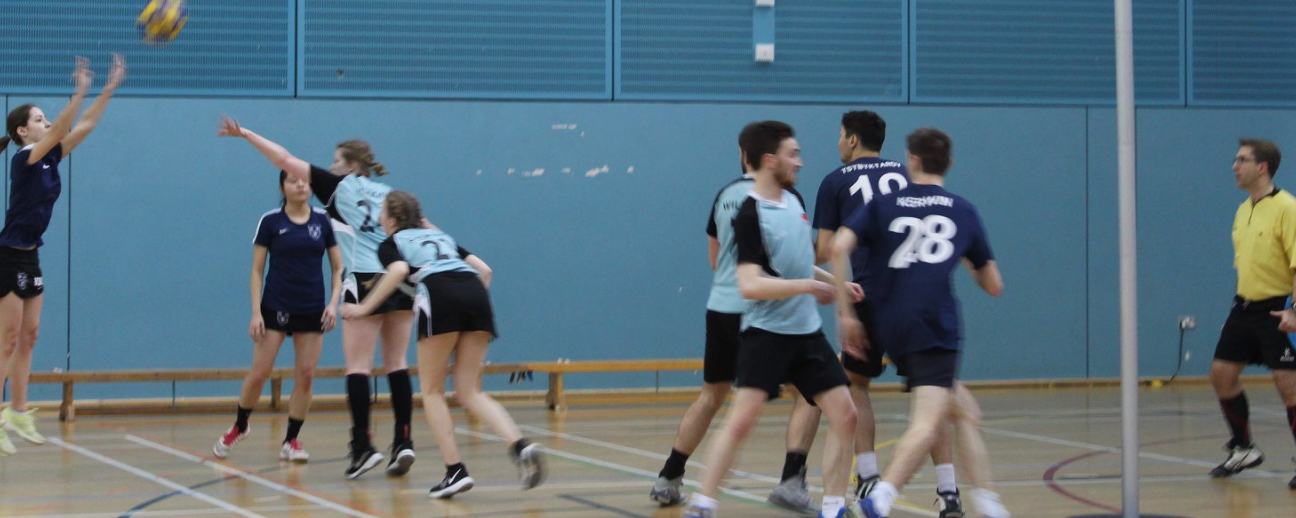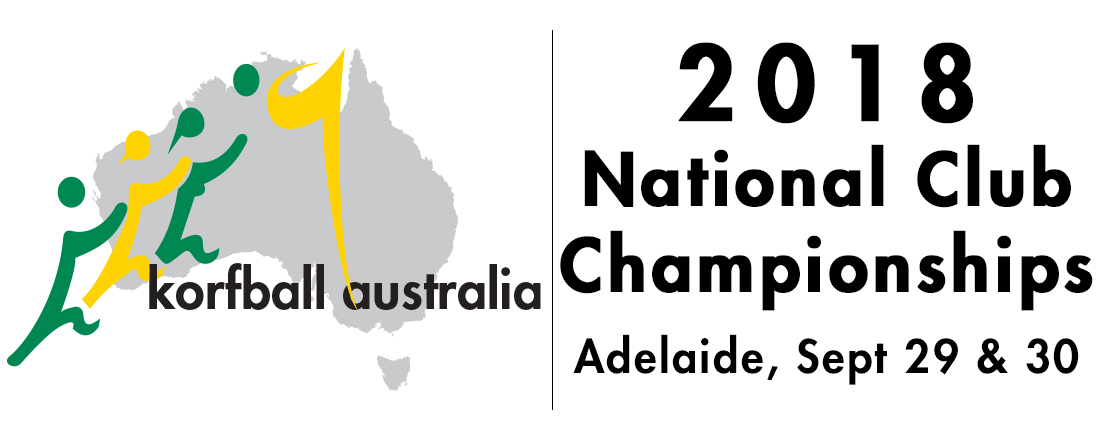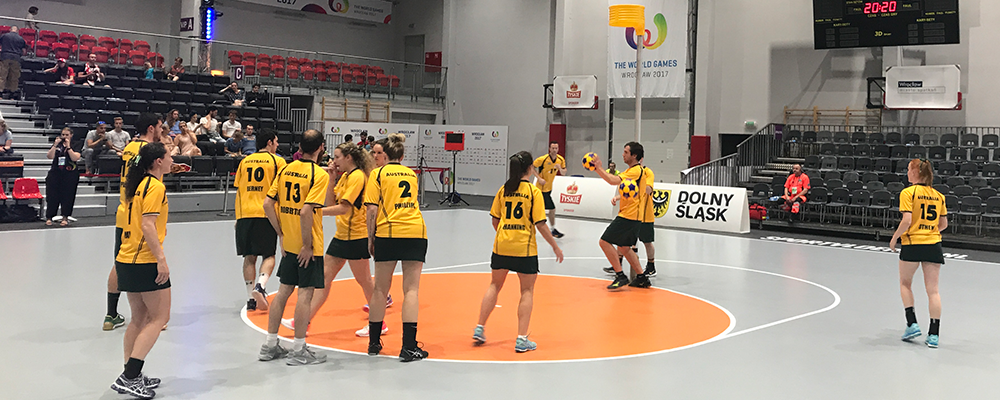Late in 2020, the IKF released an updated set of playing rules, which were further tweaked early in 2021. You can find the full set of updated rules at this link, which include updated images and diagrams as well as the rule changes. While many of the changes are relatively technical and relate mainly to the running of elite level matches, or rephrase aspects to provide clarity, there are a significant number of rules which impact gameplay at all levels, which are summarized below. Some of these changes simply move aspects from the IKF Competition Regulations into the rules proper, and don’t impact or change current gameplay. These changes will not be explored.
It is important to note that competitions can place Competition Regulations (CR) over and above these rules at the discretion of the competition, and in some cases this is in fact recommended.
Golden Goal
Old Rule
There was nothing in the rules. The Golden Goal rules were in the Competition Regulations for each competition.
New Rule
When the game has ended in a draw, a decision is obtained by playing a golden goal period of ten minutes as described below:
- the game must re-start after a 1-minute break;
- the game re-starts with a throw off for the team who had the ball possession at the end of regular playing time;
The match is finished immediately after one of the teams scores the first goal and the scoring team is declared the winner.
When the buzzer sounds to the end of the regular playing time, if the ball is in the air or no player has reasonable control of the ball, the ball possession is given to the team who was the last to have controlled ball possession.
Infringements that occur immediately before the sound of the buzzer for the end of regular playing time shall be considered and the ball possession must be attributed to the non-offending team
What this means
Previously, the CR generally gave possession to the team which started with the ball at the start of the match. This has now changed to the team who last had possession.
Additionally, the CR generally allowed for a right-of-reply if a goal was scored on the first possession i.e. both teams had to have an opportunity to score. This at times led to teams having to clear the ball from their defensive end in order to secure the win. This is no longer the case, with the match finishing as soon as the first goal is scored.
To play the ball with leg or foot
Old Rule
[It is an infringement] to touch the ball with leg or foot
New Rule
[It is an infringement] whenever a player plays the ball with the leg from the knee downwards or foot.
Infringement only occurs when this is intentional.
What this means
Accidental contact with the ball with a foot or lower leg is no longer an infringement, and is instead play on.
To shoot when one plays without a personal opponent
Old Rule
[It is an infringement] to shoot when one plays without a personal opponent
New Rule
This rule is eliminated
What this means
Previously, when a team is forced to play short in one division, the non-marked attacked was not allowed to shoot. This is no longer the case, meaning all four attackers in a mismatched division can now shoot.
This is a rule the IKF suggests should be modified in the CR for youth, recreation and lower level competitions.
To hit the ball with the fist
Old Rule
[It is an infringement] to hit the ball with the fist
New Rule
This rule is eliminated
What this means
Punching the ball is now permitted.
To take hold of, catch or tap the ball when any part of the body other than the feet is touching the ground
Old Rule
[It is an infringement] to take hold of, catch or tap the ball when any part of the body other than the feet is touching the ground.
New Rule
This rule is eliminated
What this means
Taking possession of the ball while on the ground, or otherwise not on your feet, is now permitted.
To hinder an opponent who is already being hindered by another player
Old Rule
[It is an infringement] to hinder an opponent who is already being hindered by another player.
New Rule
This rule is eliminated
What this means
“Double teaming” when defending is now permitted, and will not cause an infringement, previously generally sanctioned with a penalty.
Penalty
New explanation
A penalty is taken by the attacker who lost the free scoring chance, which is either:
- the attacker who had or would have had the free scoring chance at the moment of the
infringement; or - the attacker who would have had the free scoring chance at the moment of the repeated
infringement;
If, in the opinion of the referee, no player had a free scoring opportunity at the moment of the repeated infringement, the player fouled is the penalty taker.
In the specific situation under of a second infringement during the taking of a free pass that results in the award of a penalty, the penalty taker is the attacker who is taking the free pass.
What this means
Teams may no longer designate penalty takers, and the infringed player (or player who lost the shooting opportunity) must take the penalty.






Leave A Comment